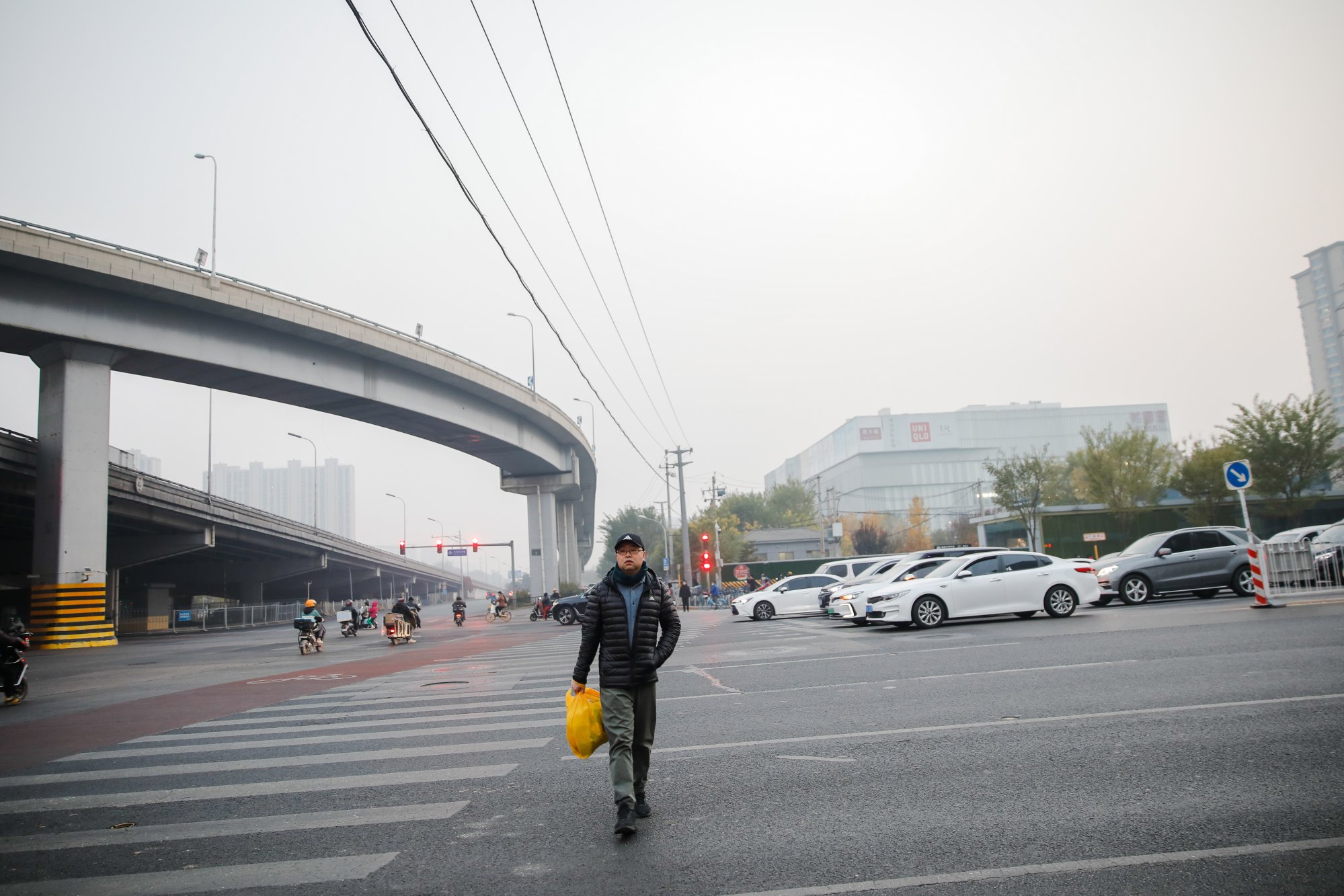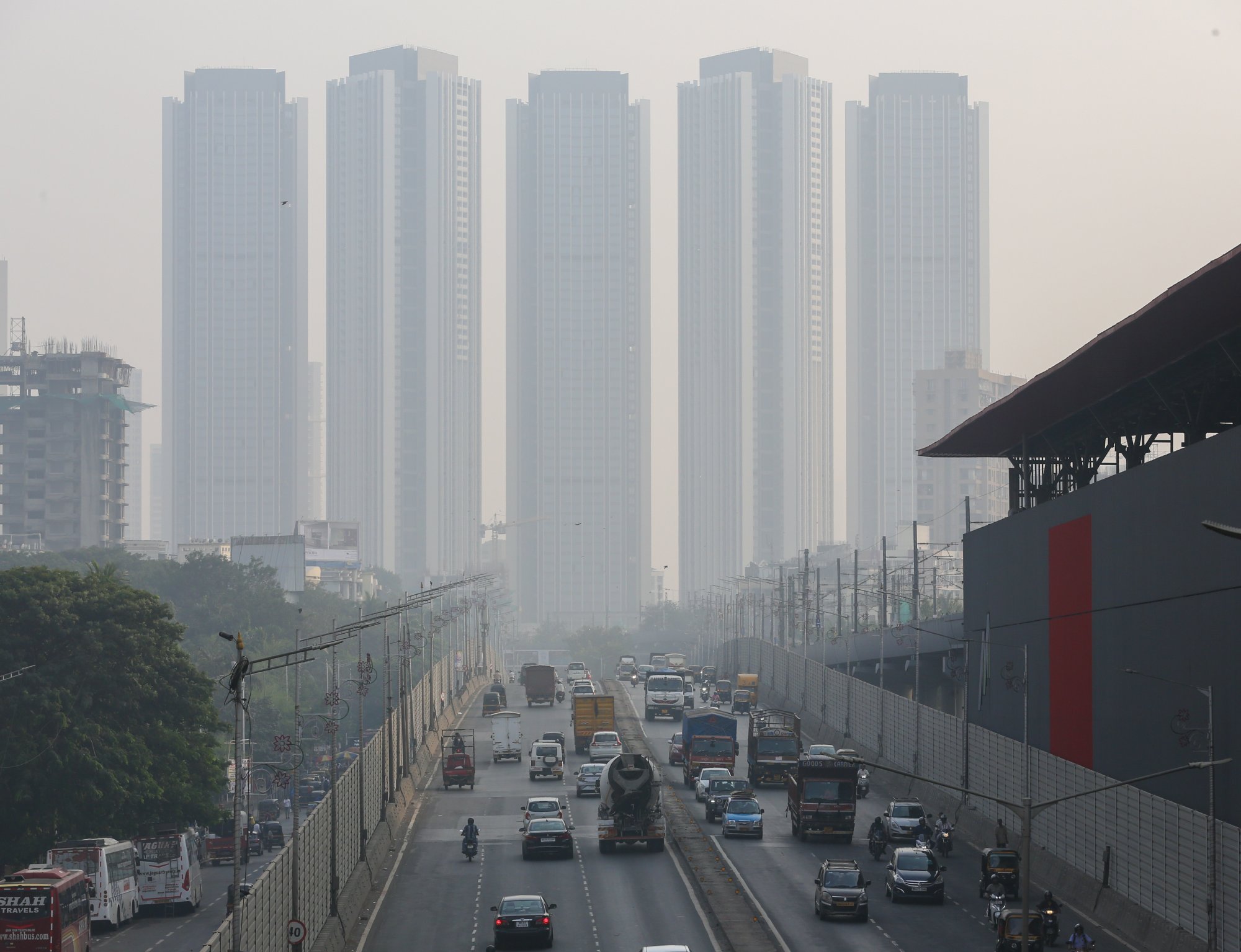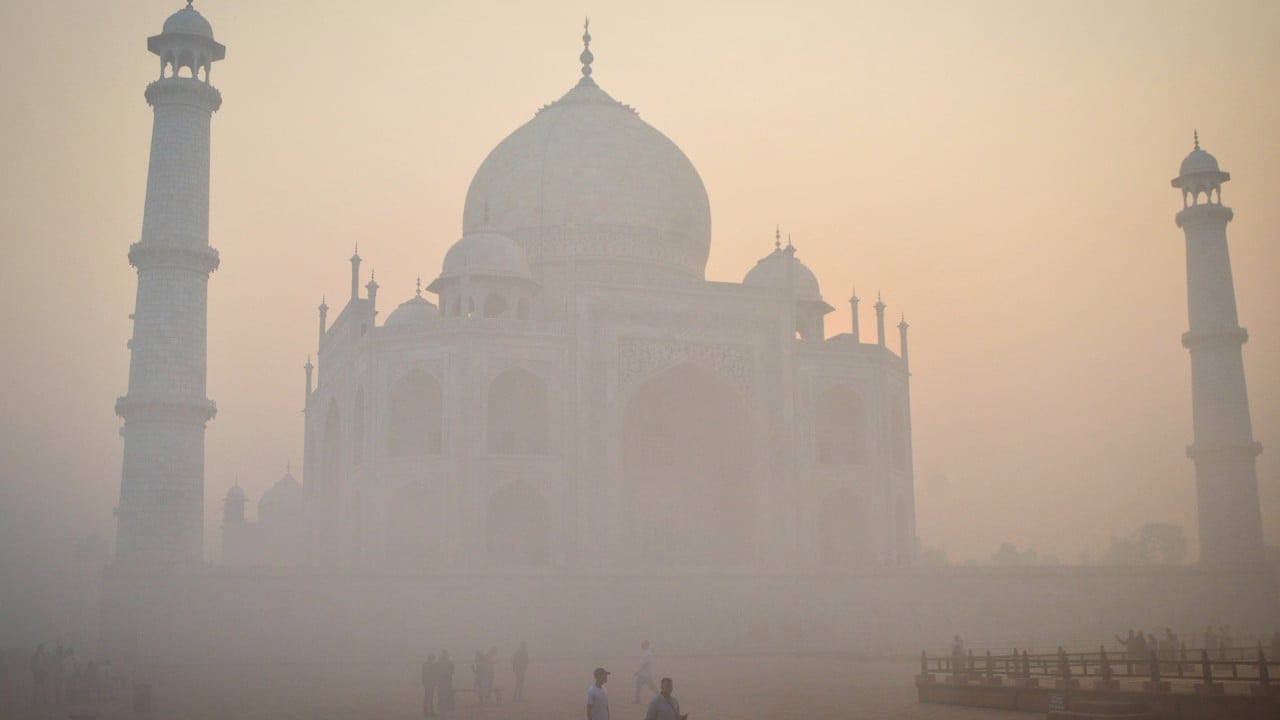What India can learn from China about cleaning up its ‘constant’ filthy air problem
India’s pollution crisis is conspicuously absent from its climate and environmental ambitions, both on the world stage and at home. It also remains far from the top of the agenda of a coming national election that observers widely expect will sweep Modi into a third term.
The pollution epidemic is a problem not just for the health of India’s 1.4 billion residents – the biggest population of any country in the world – but also for its economy, currently the fastest-growing of any major nation. A World Bank report published in June estimated that India’s annual increase in fine particle pollution shaves 0.56 percentage points off its annual GDP growth every year due to reduced worker productivity and capital formation.
This is the biggest challenge that urban India faces today
Air pollution in India also reduces the productivity of a range of business assets – blocking sunlight from solar panels, degrading electronic circuitry and reducing crop yields, according to a 2021 report commissioned by the Clean Air Fund.
“This is the biggest challenge that urban India faces today,” said Karthik Ganesan, a fellow and director of research coordination at the Council on Energy, Environment and Water, a Delhi think tank.
“Effectively, it’s turning the demographic dividend into a big bane because I’m left having to care for all these people who in their 50s or 60s are down and out.”
A decade ago, China was also confronted with crisis-level air pollution across its major cities, a consequence of breakneck growth and runaway emissions from a combination of vehicles, heavy industry and coal-fired power plants. The issue attracted international attention as the US Embassy in Beijing – one of the few reliable sources of air pollution data in the nation’s capital – broadcast regular crisis-level readings. It also translated into protests that bubbled across the country.

China at first pushed back against the outcry and demanded foreign embassies cease publishing air-pollution data. But the government eventually owned up to the problem as pollution levels continued to soar to records. In 2014, President Xi Jinping admitted air pollution was the “most prominent problem” facing Beijing, and the country responded with a national plan to reduce it with a US$270 billion war chest.
In the years since, China restricted the number of cars on the road in cities like Beijing, Shanghai and Guangzhou, while capacity in China’s emissions-heavy iron and steel industries fell and new coal-fired power plants were banned in some areas, according to the Energy Policy Institute at the University of Chicago, or EPIC.
Air pollution declined 42.3 per cent between 2013 and 2021, according to the institute, which said China’s efforts were the sole reason behind the modest drop in global pollution levels during that period.
In Delhi, meanwhile, heavy air pollution remains a fact of life, especially for the many who work outdoors and lack access to luxury solutions like air purifiers and effective face masks.
“It’s just constant,” said Subash Sharma, a 50-year-old rickshaw driver, as he waited for passengers on a recent hazy afternoon in central New Delhi. “When I go home, there’s a layer of dirt on my face.”
Sharma has been driving a rickshaw – the three-wheeled, open-door vehicles ubiquitous across India – for more than a decade, often seven days a week. He said the steady dose of air pollution has led him to develop breathing problems and a stubborn black discolouration to his face. But he said he doesn’t think too much about the long-term effects of the constant exposure to toxic air.
“We might live five years, 10 years, who knows?” he said. “You don’t know anything about tomorrow, so why think about it.”

Such acceptance, not uncommon among New Delhiites, may be one reason why the pollution crisis doesn’t figure heavily in the country’s national politics. As New Delhi’s air quality hit critical levels last month, Brijesh Goyal, the head of the Delhi-based Chamber of Trade and Industry urged Modi to hold an emergency meeting with the governments of several northern Indian to discuss the air crisis.
To date, the industry body hasn’t got a response, Goyal said. Instead, issues like unemployment, corruption and Modi and his party’s Hindu nationalist agenda are dominating the political agenda in the lead-up to next year’s election.
“What figures in the electoral documents are what people want. If people are asking for clean air, it would figure there,” said Parthaa Bosu, executive director at EPIC India. “However, it seems that we as citizens are not fully committed to this cause.”
To be sure, Indian authorities have made some progress in tackling air pollution in recent years. In 2019, the government launched a National Clean Air Programme charged with disbursing funds to cities across the country to help clean the country’s air.
In other areas, progress has been at the local level. They include expanded public transport options in New Delhi, regulations requiring city buses use natural gas and restrictions on farm fires that have resulted in a reduction in their number in recent years.
India must follow China in showing political will to fight winter smog
India must follow China in showing political will to fight winter smog
According to data collected by the Centre for Science and Environment, a New Delhi research group, the level of PM 2.5 – microscopic, cancer-causing pollutants that travel deep into lungs – averaged 98 during the three years through 2023, down 28 per cent from the three-year period ending in 2017.
The pace of improvement, however, has slowed in recent years, and some new measures, like outdoor “smog towers,” do little to clean filthy air. Squeezing further improvements will require more sweeping changes, like taking many drivers off Delhi’s clogged streets or changing the farming patterns of Indian farmers so they don’t have to set their fields ablaze, experts said.
“The tragedy is they have done all the things which are relatively easy to do – all those low hanging apples have been plucked,” said Avikal Somvanshi, senior manager at the CSE.
“Now what they need to do is much more difficult.


